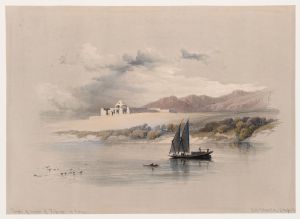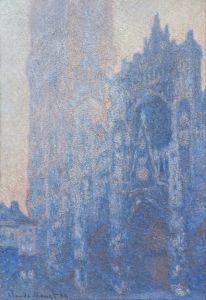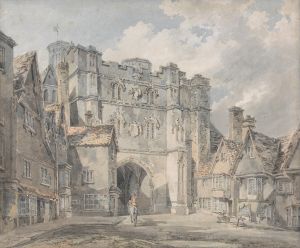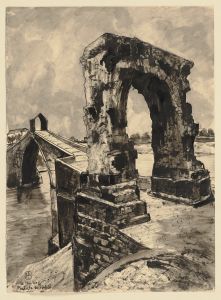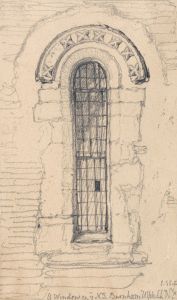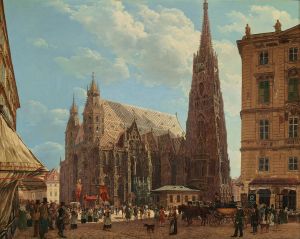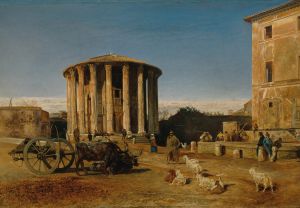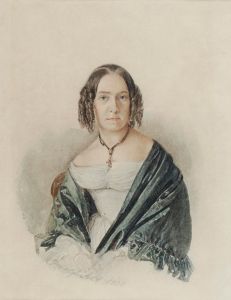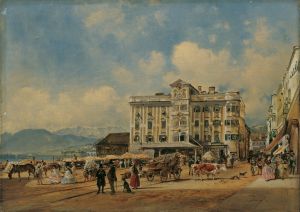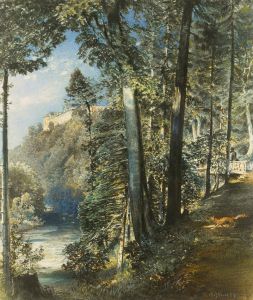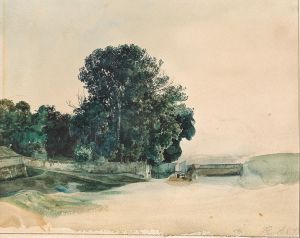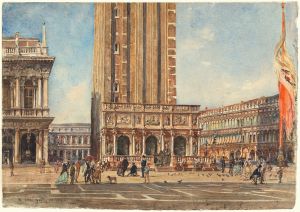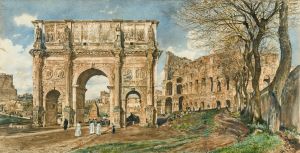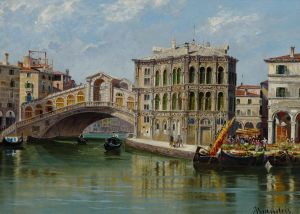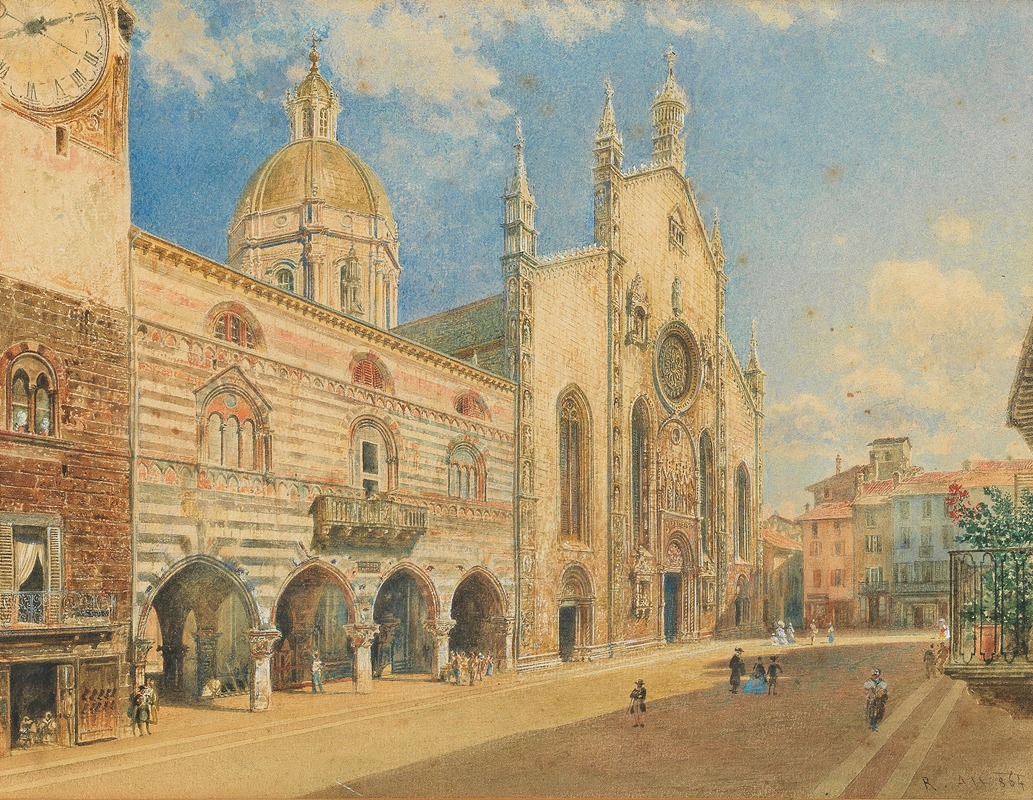
Dom zu Como
A hand-painted replica of Rudolf von Alt’s masterpiece Dom zu Como, meticulously crafted by professional artists to capture the true essence of the original. Each piece is created with museum-quality canvas and rare mineral pigments, carefully painted by experienced artists with delicate brushstrokes and rich, layered colors to perfectly recreate the texture of the original artwork. Unlike machine-printed reproductions, this hand-painted version brings the painting to life, infused with the artist’s emotions and skill in every stroke. Whether for personal collection or home decoration, it instantly elevates the artistic atmosphere of any space.
Rudolf von Alt was an Austrian landscape and architectural painter known for his detailed and realistic depictions of urban and rural scenes. Born on August 28, 1812, in Vienna, Alt became one of the most prominent artists of the 19th century in Austria. His works are celebrated for their meticulous attention to detail and the ability to capture the essence of the places he painted.
One of his notable works is "Dom zu Como," which translates to "Cathedral of Como." This painting is a representation of the Como Cathedral, an iconic architectural landmark located in the city of Como, Italy. The cathedral, known for its Gothic and Renaissance architectural elements, is dedicated to the Assumption of the Blessed Virgin Mary and is one of the most important religious buildings in the region.
Rudolf von Alt's painting of the Como Cathedral showcases his skill in architectural painting, a genre he excelled in throughout his career. His ability to render the intricate details of the cathedral's façade and its surrounding environment is a testament to his keen observational skills and technical proficiency. The painting likely captures the cathedral from a perspective that highlights its grandeur and the harmonious blend of architectural styles that characterize the building.
Alt's work is often associated with the Biedermeier period, a time in Central Europe that emphasized a return to simplicity and realism in art, contrasting with the preceding Romantic period. His paintings are known for their clarity, precision, and the use of light to enhance the realism of the scenes depicted. In "Dom zu Como," these elements would be evident in the way he portrays the play of light and shadow on the cathedral's stone surfaces, bringing the structure to life on canvas.
Throughout his career, Rudolf von Alt traveled extensively, capturing scenes from various European cities and landscapes. His travels to Italy, in particular, provided him with a wealth of subjects, as the country was rich in historical architecture and picturesque landscapes. The Como Cathedral, with its blend of Gothic and Renaissance styles, would have been an ideal subject for Alt, allowing him to explore the interplay of different architectural elements and the effects of natural light on stone.
Alt's paintings, including "Dom zu Como," are held in high regard for their historical and artistic value. They provide a window into the architectural and urban landscapes of 19th-century Europe, preserving the visual heritage of the time. His works are part of numerous public and private collections, and they continue to be studied and appreciated for their contribution to the art of architectural painting.
Rudolf von Alt passed away on March 12, 1905, in Vienna, leaving behind a legacy of artworks that continue to be celebrated for their beauty and historical significance. His painting of the Como Cathedral remains a fine example of his ability to capture the essence of architectural masterpieces with precision and artistry.





